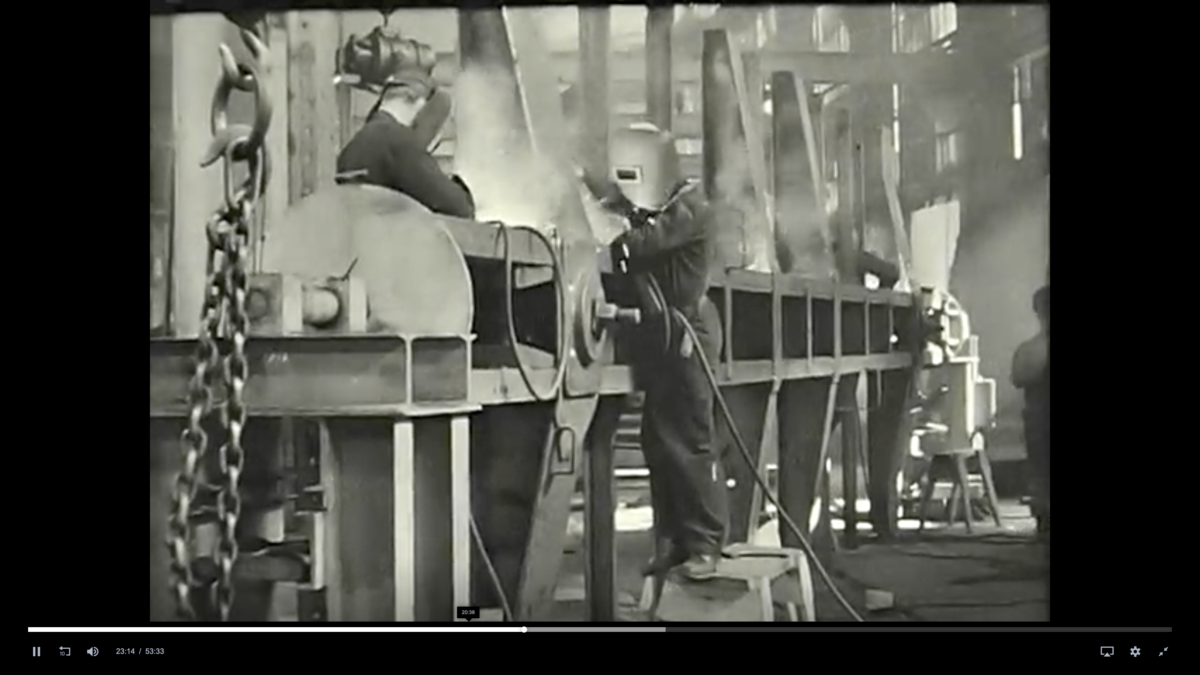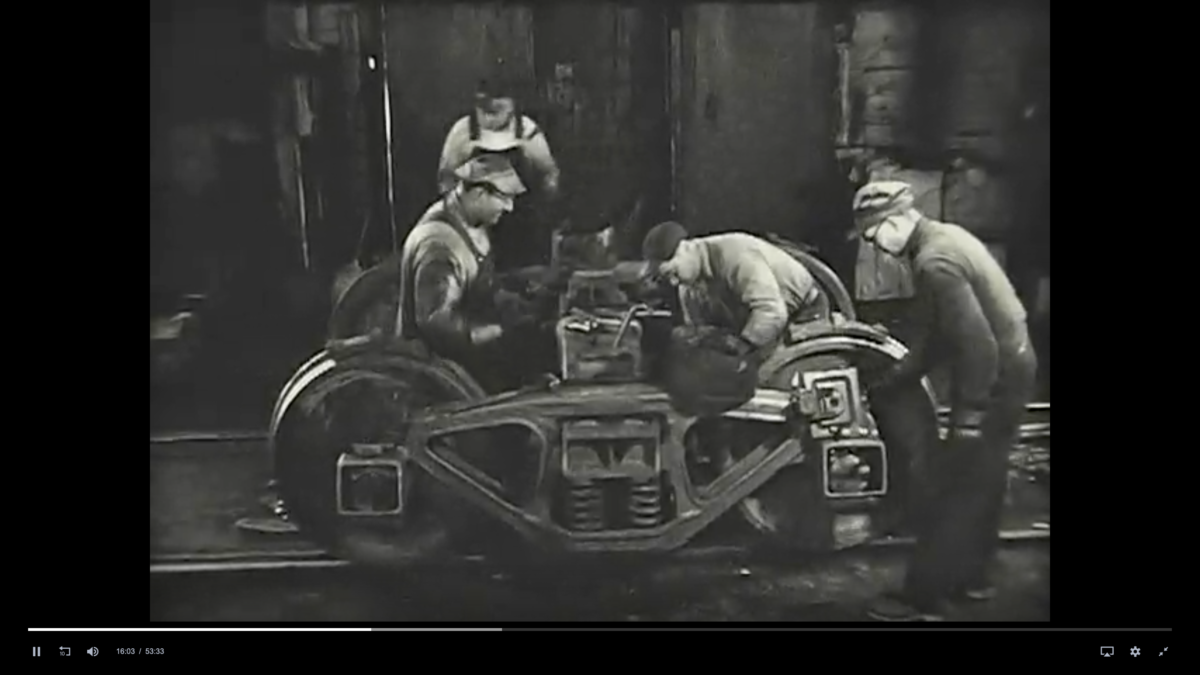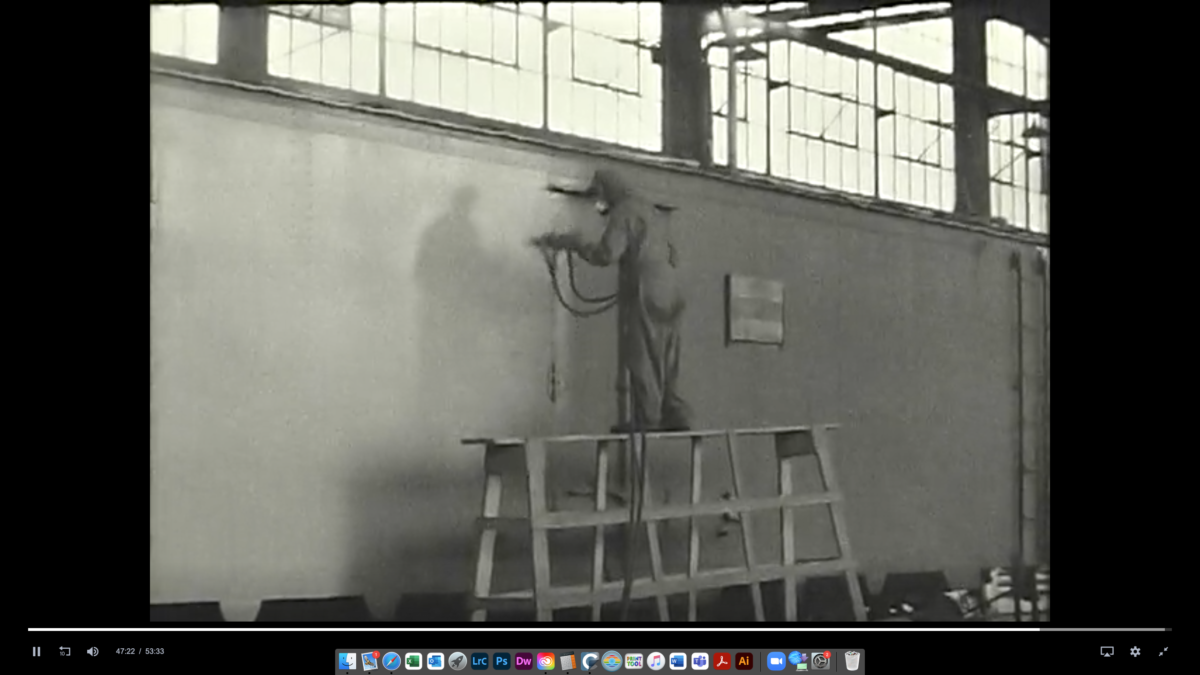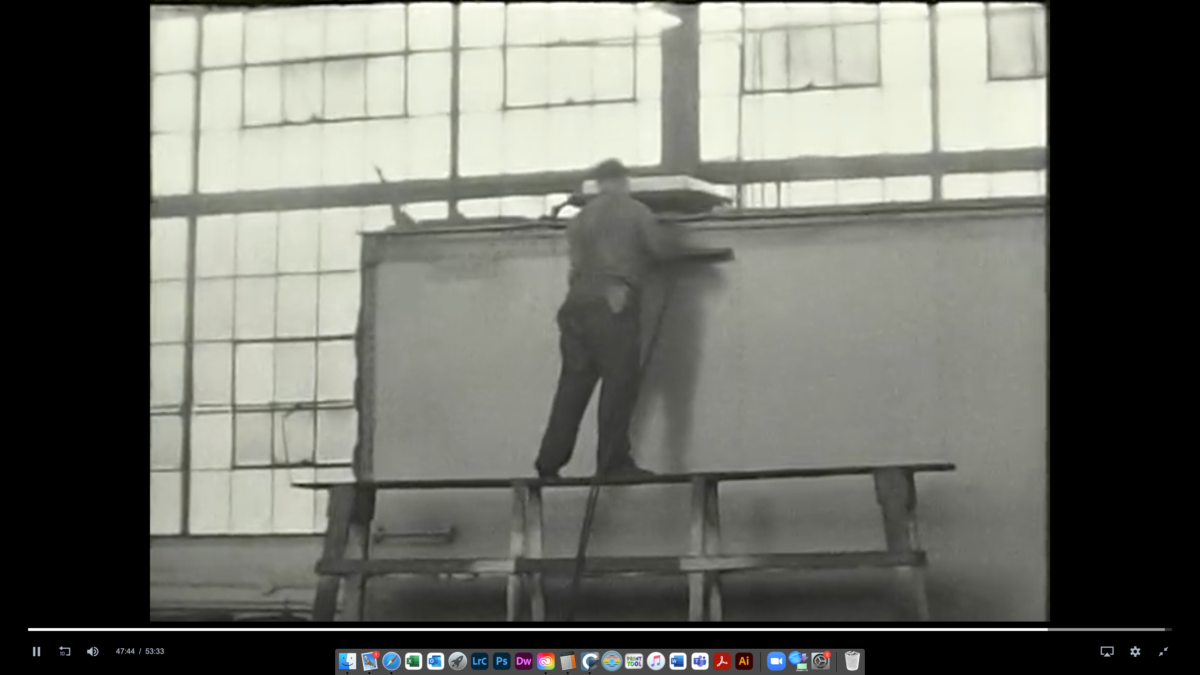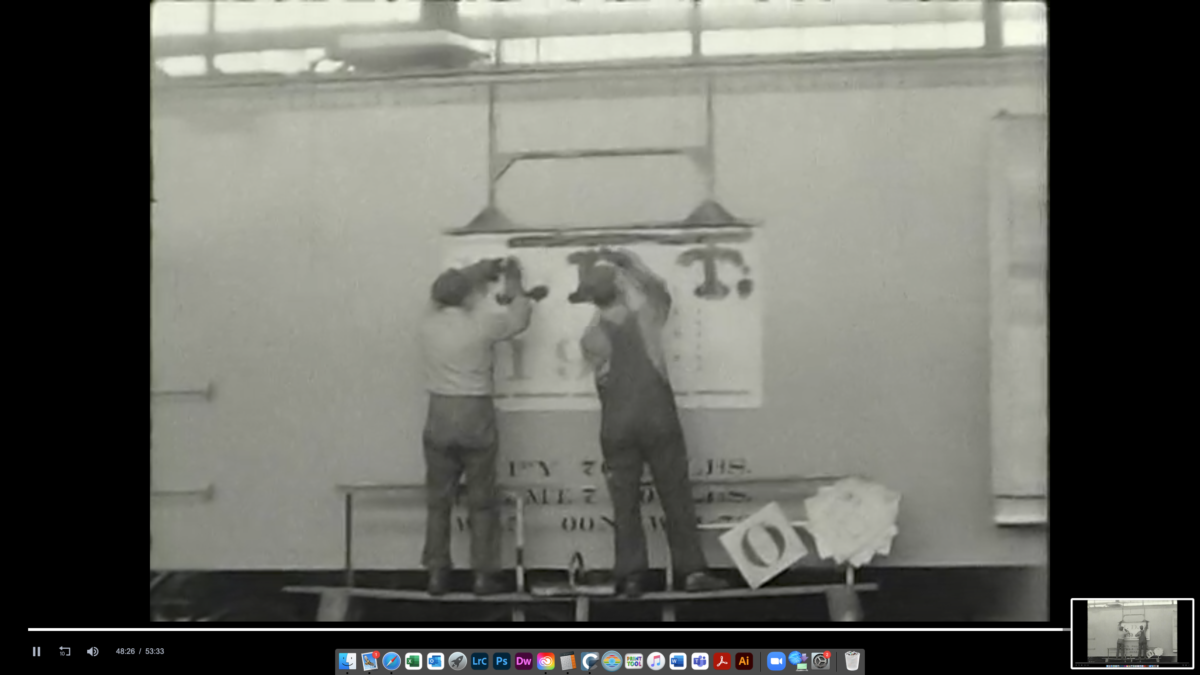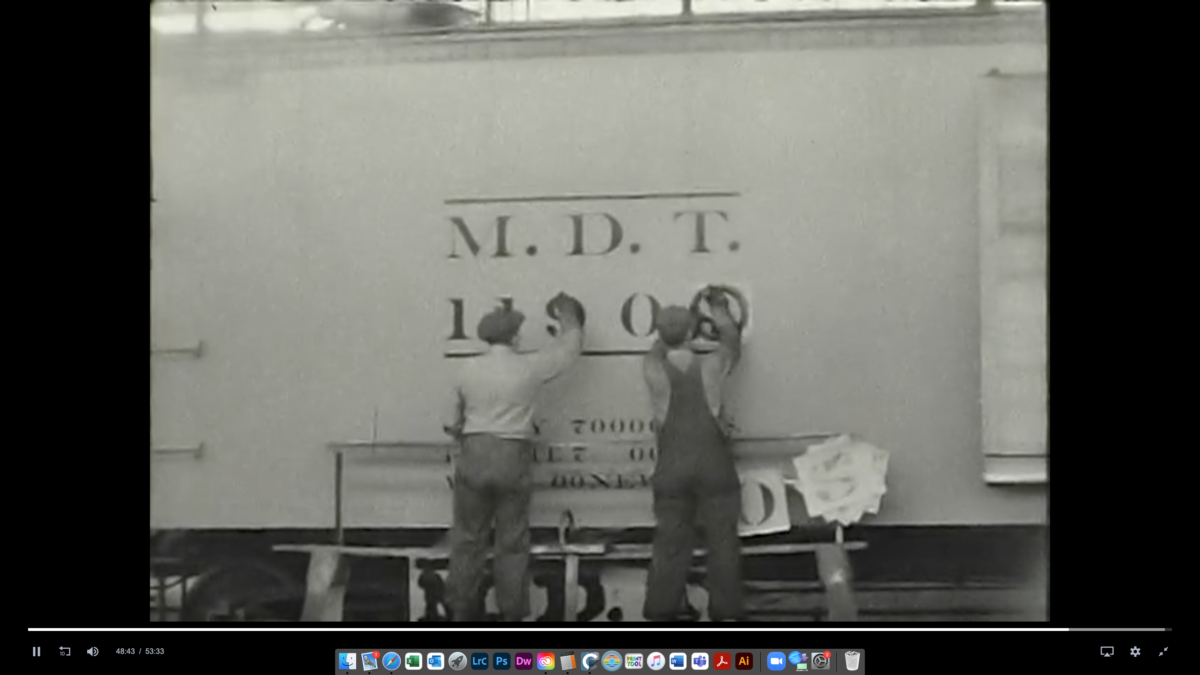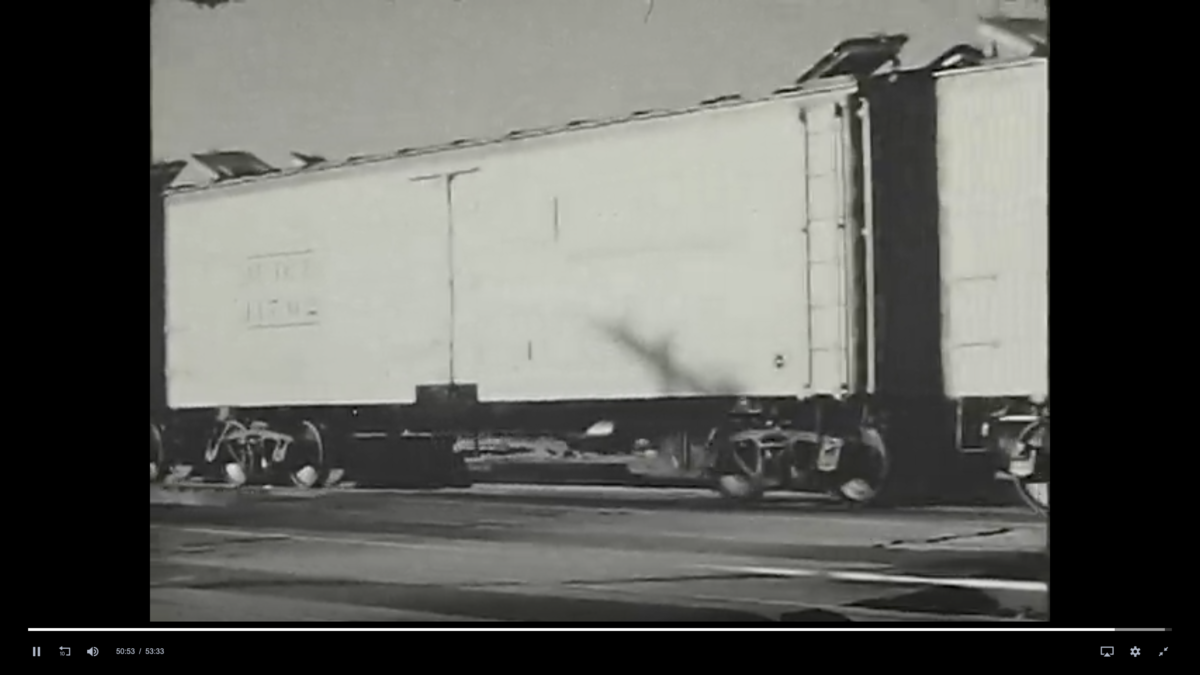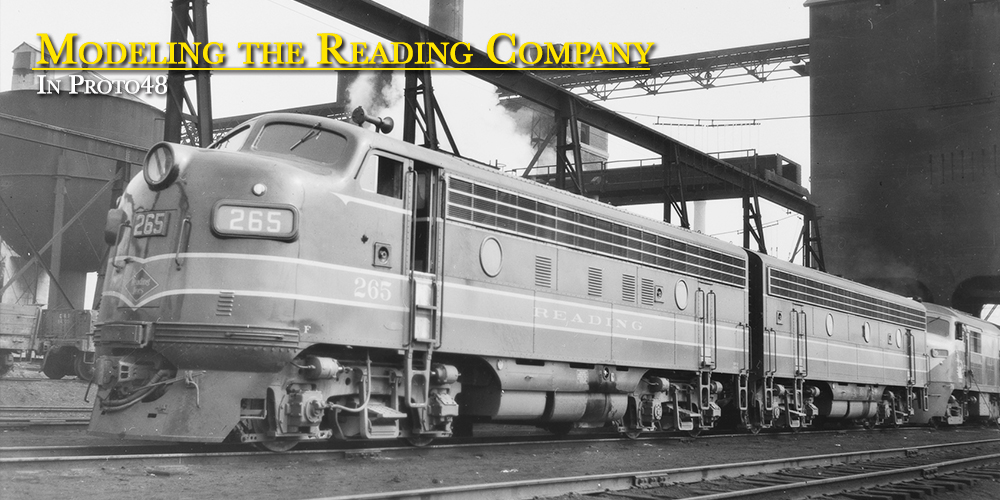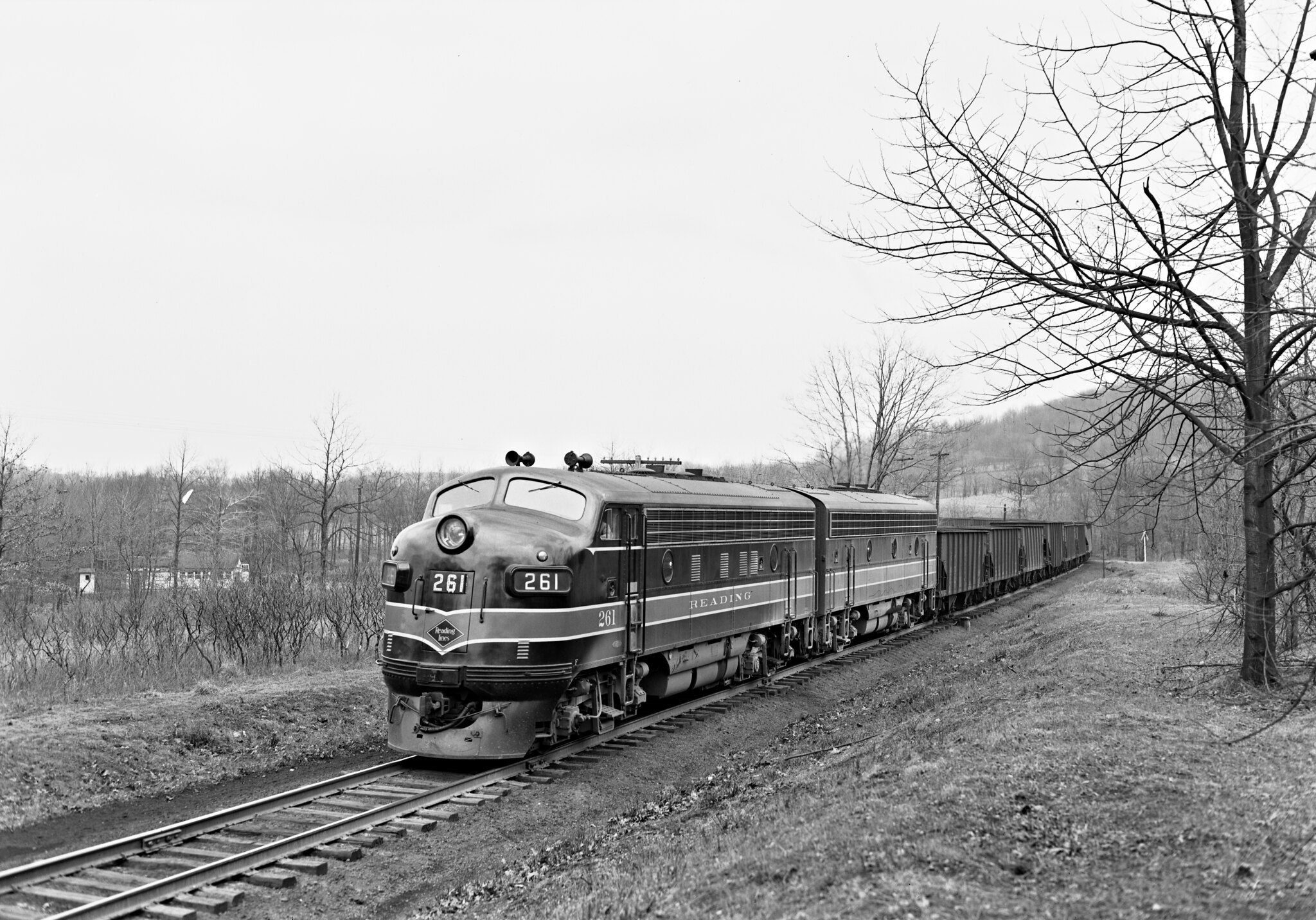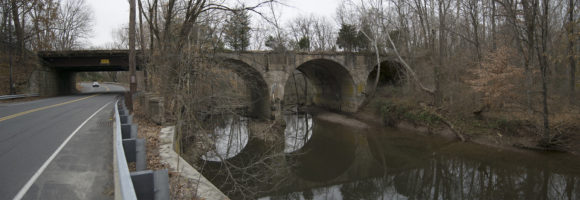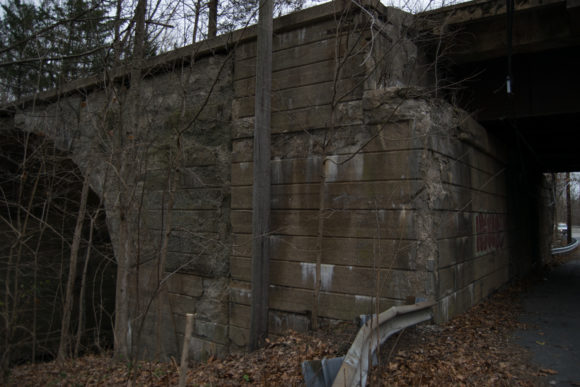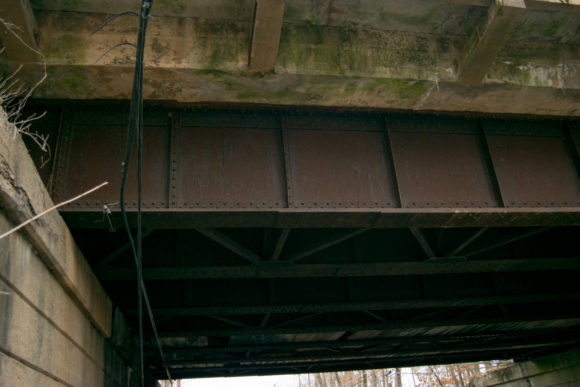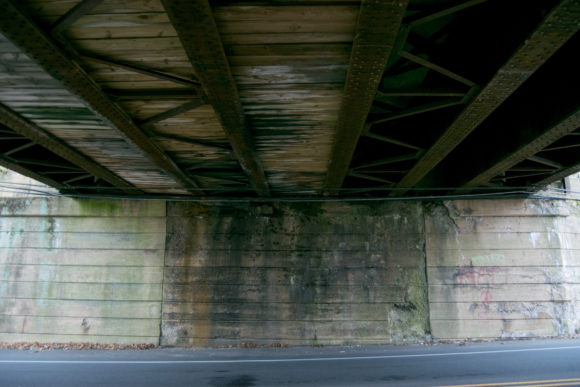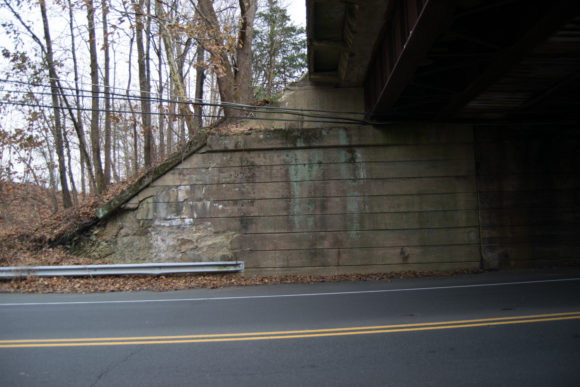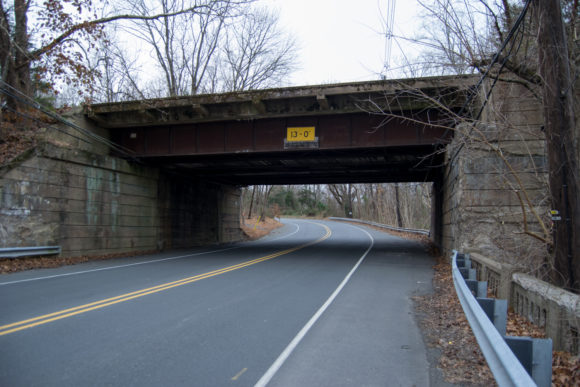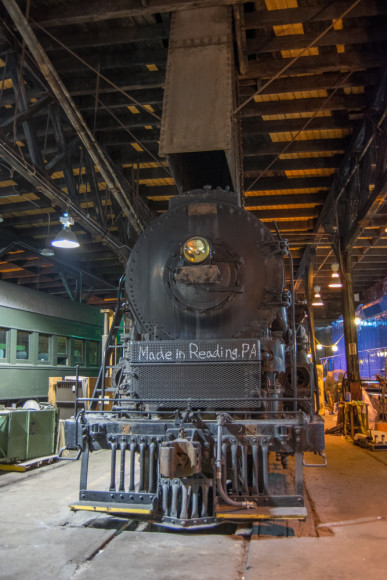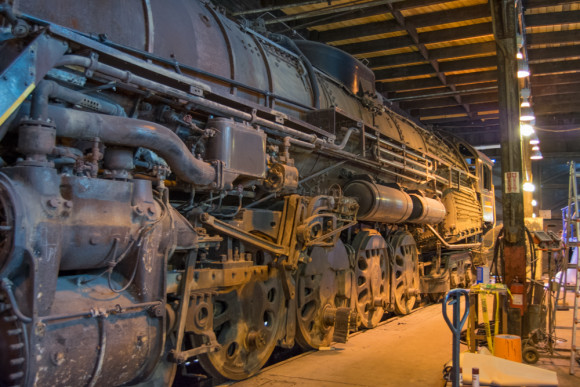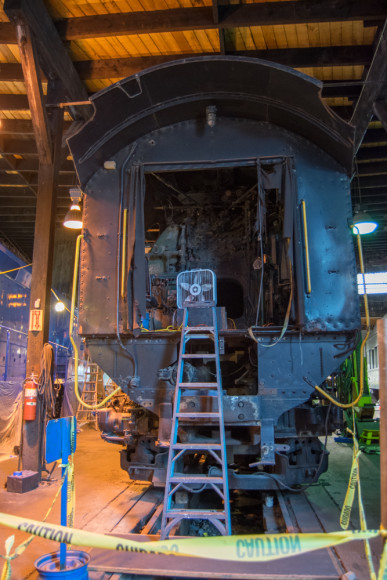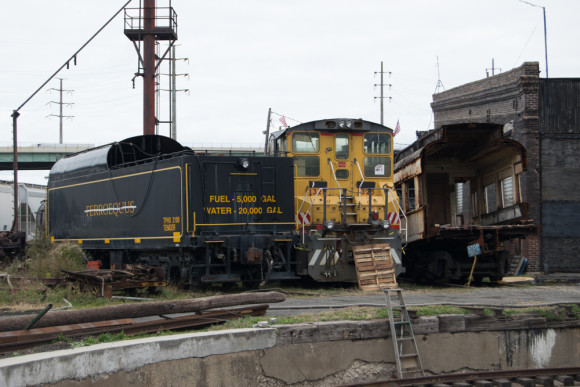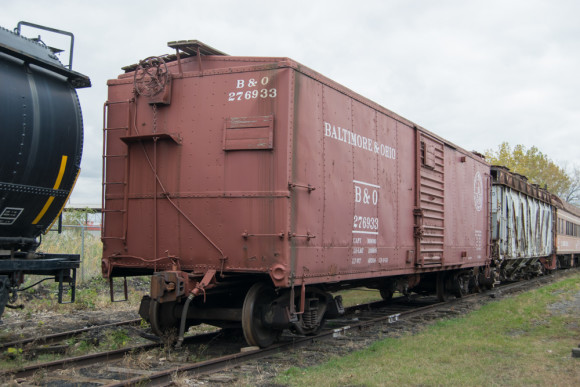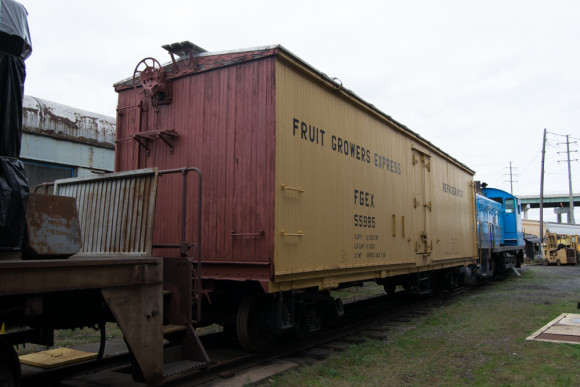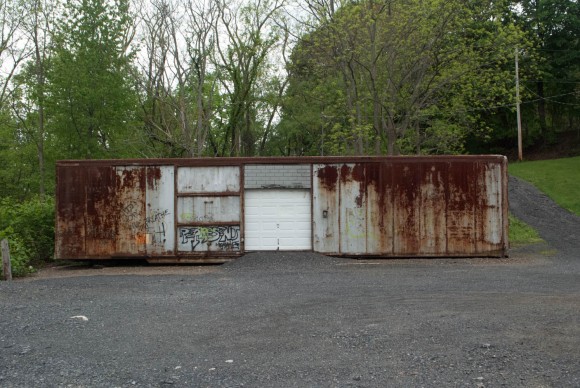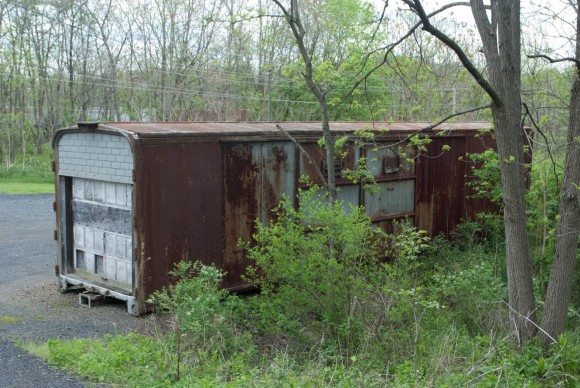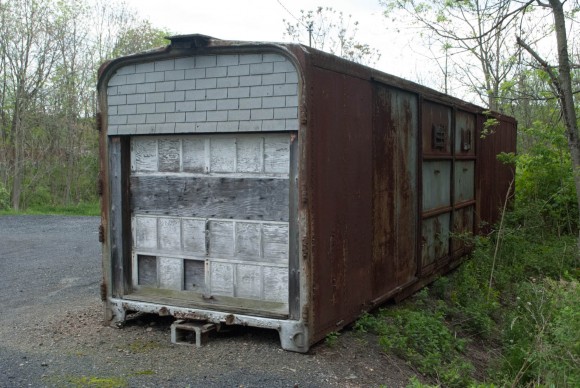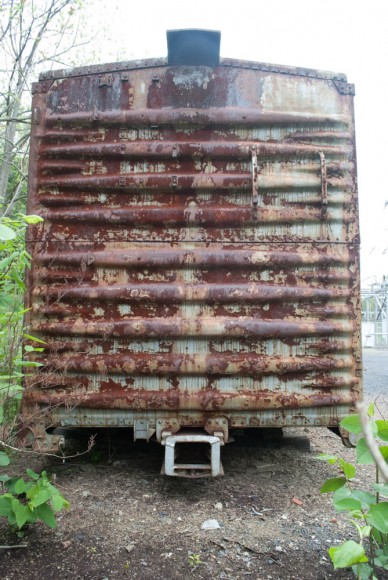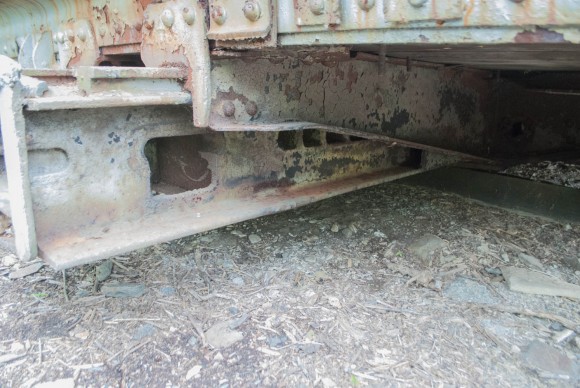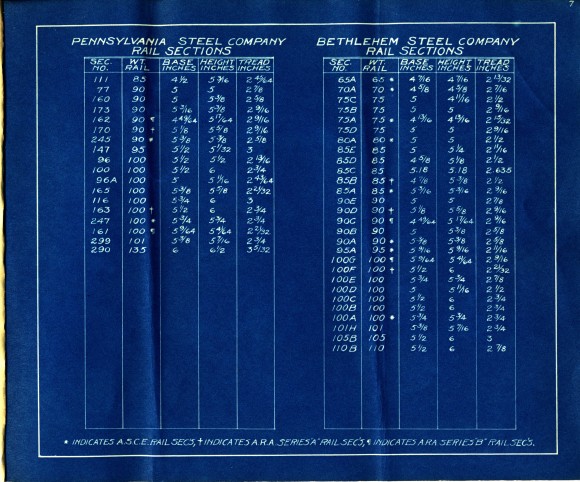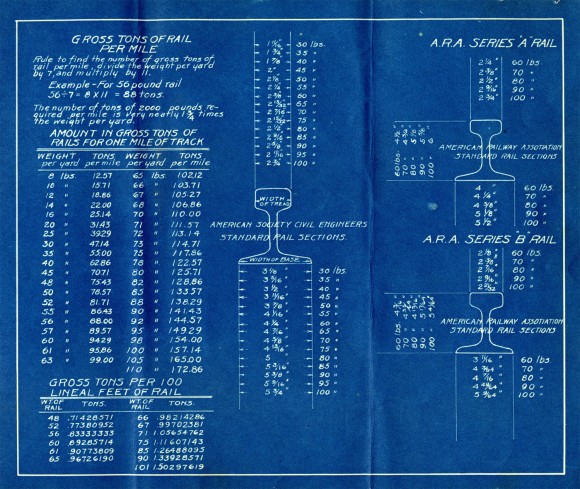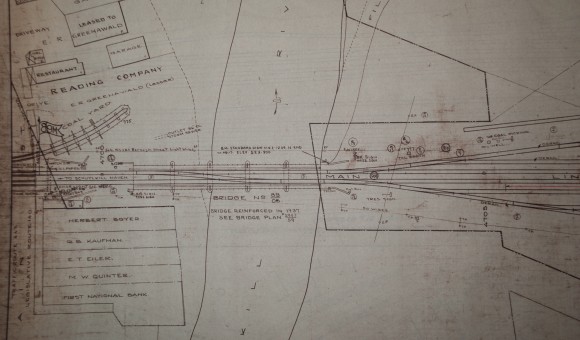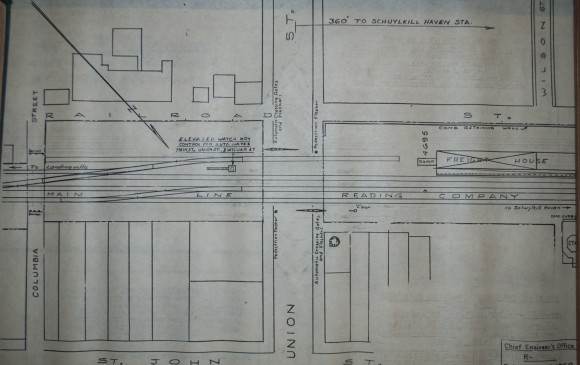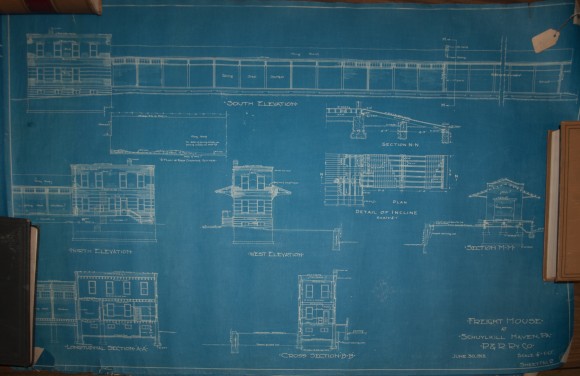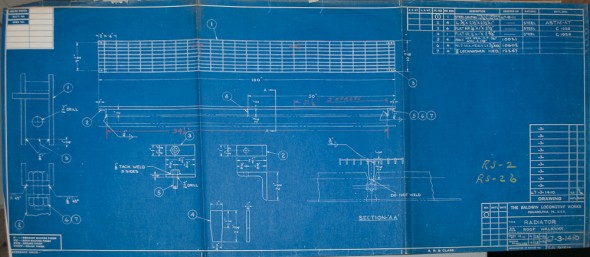
The Baldwin drawing for the walkways over the radiator openings on the AS-16’s
How many times have you heard a modeler spew something about a model, that you know to be dead wrong? And you know darn-right well they have not researched it at all, they are just regurgitating something they heard another modeler say. Did that person look at what they were talking about or did they just spit out what they were told? And once it has been repeated often enough, everyone believes it.
One of the reasons I moved some of my modeling interests away from the PRR was the number of times I heard guys comment about the Sunset H-9’s. They all said the same thing about the belpair slope. Did anybody question what research the first guy who said that looked at to make such a statement? Most guys have pointed to the line diagrams of the class. Well these drawing while they are railroad drawings are not accurate for boiler shape. Did anybody research it on their own? Did anybody look at it against photos? Nope they all regurgitate it on que, just like Pavlov’s dogs.
What I have found is that most people that tend to do this have NEVER done any research on their own. I’m not talking about opening a Morning Sun book and believing the fiction that is their captions. I’m talking about assembling a pile of photos (with dates) and looking for the details and when they change. I’m talking about digging through company records at a museum or a private collection. I’m talking about actually going out and measuring a freight car or a real building. I spent most of a day measuring and photographing the PRR GLe I found in South Amboy back in the early eighties. Or even just doing a full photo study of a car with a hundred or so images not just the three normal images in a photo study; the Three Quarter, the End View and the Broadside.
Even the best authors can miss things. Case in point, one of the Reading Myths, the after-coolers on the FT’s were put on during a shopping in 1956. In a recently published book, on page 111 that statement was printed, there was a photo on the bottom of page 112 with a 1950 date with the aftercoolers on the locomotive skirts. I first thought maybe there was a typo with the date. But most likely not, as the hand grabs were still black and the safety grabs over the windshields and on the nose are not there. Also on page 110 there was a 1954 photo with the after-coolers also.
Just because it is published does not always mean that it actually was!
So either accept what the manufacturers produce and say is right, “nobody will see it anyway” or get off you ass and do some research.
Good prototype modeling starts with good prototype information.
